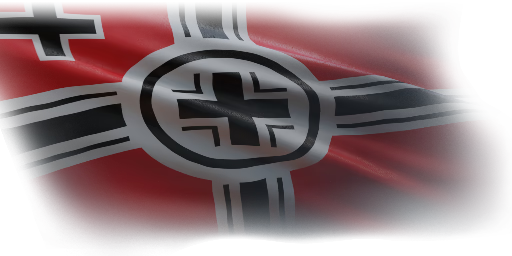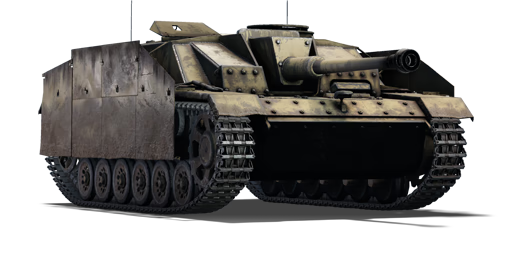



The Sturmgeschütz III Ausführung G (StuG III G) (Sd.Kfz. Index: Sd.Kfz. 142/1) is the seventh variant of the Sturmgeschütz III assault gun family. The StuG III G made a distinction apart from the rest of the production variants. It was, in essence, the most produced variant, with around 8400 units built between December 1942 and April 1945, which was equal to the entire production of all Panzer IV medium tank variants combined. This enormous effort was the result of a full reorganization of manufacturing, which was divided among other factories such as MIAG (in 1943) and many suppliers. This was done to avoid disturbances from the growing success of Allied bombing attacks. It was, of course, reinforced further by the progressive substitution of Panzer III medium tanks on the same production lines with StuG III assault guns.
Introduced in Update 1.43, the StuG III G was the ultimate variant of the StuG III assault gun family, combining outstanding frontal protection with firepower. The StuG III G, which is armed with a modified long-barrelled 75 mm Sturmkanone (StuK) 40 L/48 tank gun, has the same armour-penetrating power as the Panzer IV H, the best variant of the Panzer IV medium tank family. The StuG III G, with its low profile and compact silhouette, is ideal for laying up ambushes for enemy armoured columns while remaining stealthy.
| Ammunition | Type | Armor penetration (mm) at a distance: | |||||
|---|---|---|---|---|---|---|---|
| 10 m | 100 m | 500 m | 1000 m | 1500 m | 2000 m | ||
| APCBC | 145 | 143 | 130 | 116 | 104 | 93 | |
| HE | 10 | 10 | 10 | 10 | 10 | 10 | |
| HEAT | 80 | 80 | 80 | 80 | 80 | 80 | |
| APCR | 182 | 177 | 159 | 140 | 122 | 107 | |
| Smoke | 3 | 3 | 3 | 3 | 3 | 3 | |












Mobility | |
|---|---|
Protection |
|---|
Firepower | |
|---|---|
